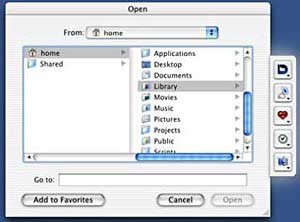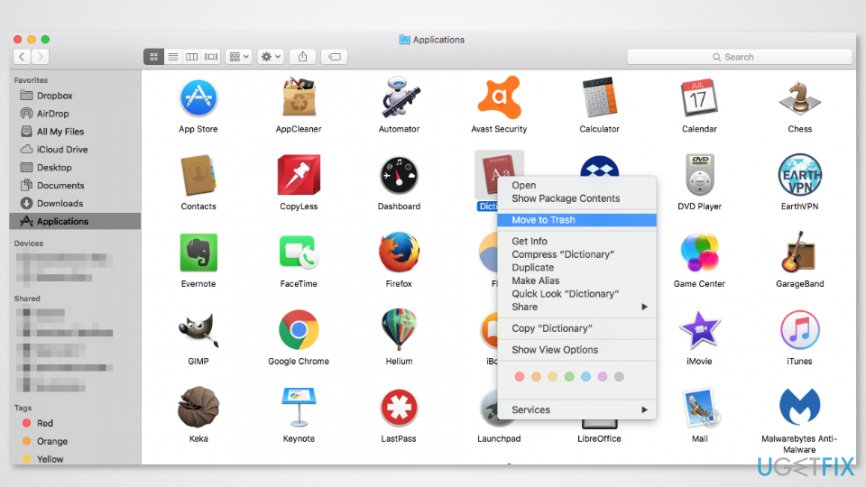

In the example above, we went from a six-disk RAIDz2 with a nominal storage efficiency of 67 percent (four of every six sectors are data) to a ten-disk RAIDz2. So while the user will see the extra space made available by the new disks, the storage efficiency of the expanded data will not have improved due to the new disks.
Remove openzfs on mac full#
So a RAIDz2 vdev expanded from six disks to ten will still be full of six-wide stripes after expansion completes. The sectors of the rewritten block are distributed among all disks in the vdev, including the new disk(s), but the width of the stripe itself is not changed. During expansion, each block or record is read from the vdev being expanded and is then rewritten. Upon issuing your zpool attach command, the expansion begins. Doing so expands the vdev in width but does not change the vdev type, so you can turn a six-disk RAIDz2 vdev into a seven-disk RAIDz2 vdev, but you can't turn it into a seven-disk RAIDz3. With the new code, you'll be able to attach new disks to an existing RAIDz vdev as well. But hobbyists, homelabbers, and small users who run ZFS with a single vdev will likely get a lot of use out of the new feature. It will still be both easier and more practical to manage vdevs as complete units rather than trying to muck about inside them. Live expansion is also potentially very dangerous since it involves reading and re-writing all data and puts the array in a temporary and far less well-tested "half this, half that" condition until it completes.įor users with many disks, the new RAIDz expansion is unlikely to materially change how they use ZFS. Dropping your storage's performance to unusable levels for days on end generally costs more in payroll and overhead than buying an entirely new set of hardware would. ZFS was originally developed for business use, and live array re-shaping is generally a non-starter in the business world. Historically, ZFS has eschewed this sort of expansion. Undergoing a live reshaping can be pretty painful, especially on nearly full arrays it's entirely possible that such a task might require a week or more, with array performance limited to a quarter or less of normal the entire time. For example, you might add a single disk to a six-disk RAID6 array, thereby turning it into a seven-disk RAID6 array. But managing storage this way requires some planning ahead and budgeting-which hobbyists and homelabbers frequently aren't too enthusiastic about.Ĭonventional RAID, which does not share the "pool" concept with ZFS, generally offers the ability to expand and/or reshape an array in place. You can add more vdevs to a zpool, and you can attach more disks to a single or mirror vdev. Writes are split into units called records or blocks, which are then distributed semi-evenly among the vdevs.Ī storage vdev can be one of five types-a single disk, mirror, RAIDz1, RAIDz2, or RAIDz3. The zpool in turn contains vdevs, and vdevs contain actual disks within them. The heart of a ZFS storage system is the zpool-this is the most fundamental level of ZFS storage. In addition to being a filesystem, ZFS is a storage array and volume manager, meaning that you can feed it a whole pile of disk devices, not just one. So if you're a ZFS newbie, you may want to refer back to our comprehensive ZFS 101 introduction.

Further Reading ZFS 101-Understanding ZFS storage and performanceOpenZFS is a complex filesystem, and things are necessarily going to get a bit chewy explaining how the feature works.


 0 kommentar(er)
0 kommentar(er)
